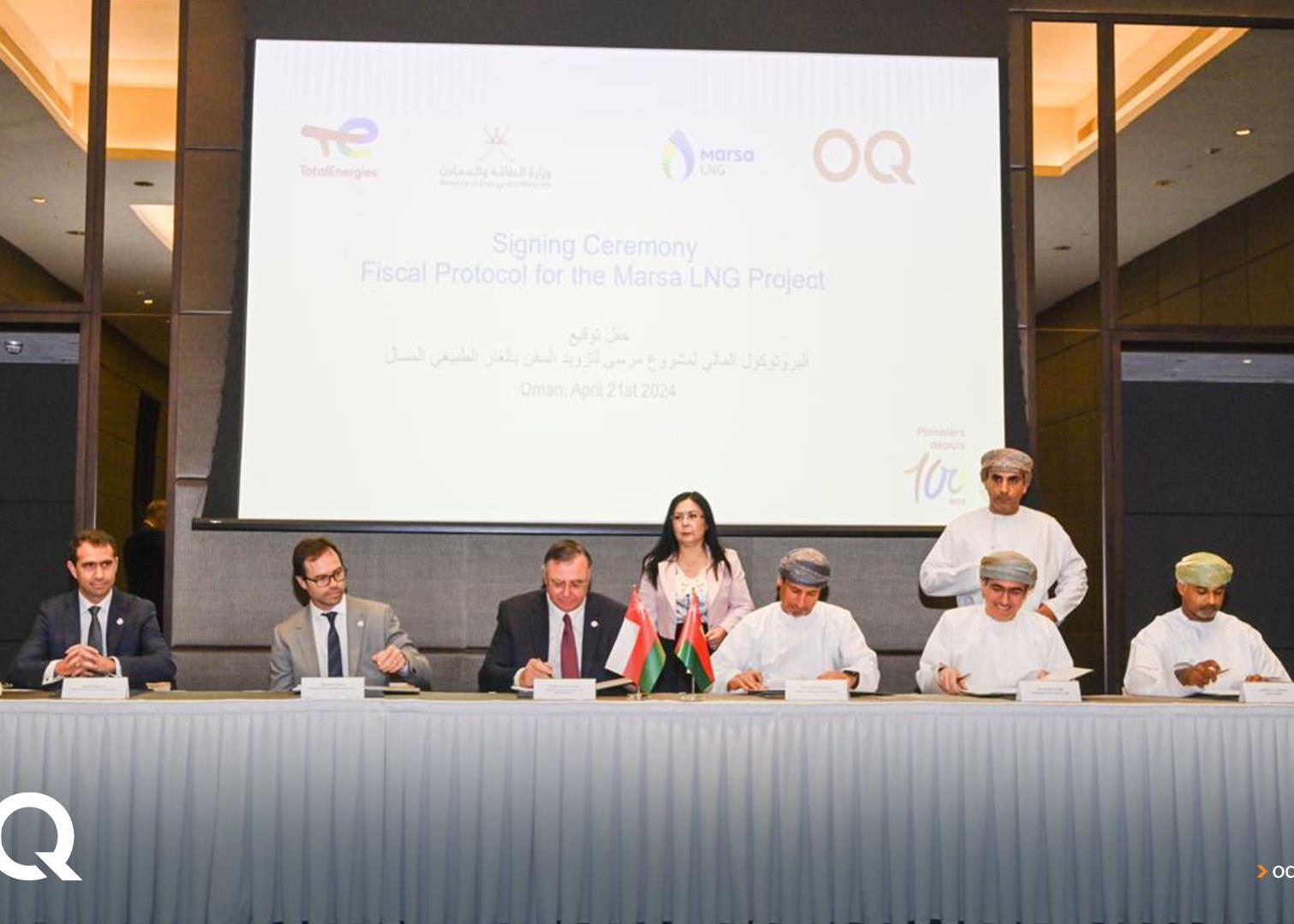At the same time, demand is rising fast. In 2003, Beijing surpassed Tokyo as the world's second largest consumer of crude after the US. An average annual economic growth rate of 9 per cent in recent years translates into a daily crude oil demand of 5.5 million barrels. There are few quick fixes. According to the International Energy Agency (IEA), within the next decade China's oil imports will outstrip those of the OECD states, with energy consumption set to rise by 26 per cent by 2020 and imports to reach 8 million barrels a day (b/d).
In the absence of any major new discoveries, Beijing is acutely aware of the need to look beyond its borders for new sources of energy. Boasting proven reserves of 745,000 million barrels, the Middle East is an obvious destination, for more than one reason. 'We are working on projects in Russia, but we prefer to be in the Middle East,' explains Shicheng Wang, chief executive officer of Sino Saudi Gas (SSGL). 'It is more to do with the favourable investment environment.'
One of Beijing's first ports of call was Sudan. In mid-2004, state-owned China National Petroleum Corporation (CNPC) acquired a 41 per cent stake in a new project vehicle - Petrodar Operating Company - to explore and produce 300,000 b/d of crude oil from the Melut basin. Further expansion has followed, with several upstream and downstream development agreements signed in Yemen and Syria.
But by far the biggest deal of them all was inked in April this year, when China's National Development & Reform Commission (NDRC) put pen to paper to develop Iran's Yadavaran field, which has reserves of 17,000 million barrels. The $70,000 million hybrid deal entails the development of the onshore concession on a buy-back basis, and also commits China to importing 10 million tonnes a year of Iranian liquefied natural gas (LNG) for 30 years.
It was only inevitable that upstream investment in Saudi Arabia would follow. In late April, Saudi Aramco signed a deal to supply 1 million b/d of crude by 2010, accounting for 17 per cent of Beijing's total imports. But it is the decision to pursue joint-venture crude refineries, as well as to undertake gas exploration contracts in the kingdom, that are key. Beijing has no great economic interest in either pursuit, say industry analysts - it is the long-term strategic relationship that matters.
Sure enough, talks are under way between Aramco and Sinopec for access to China's wholesale oil products market, which the government plans to open up in late 2006 as part of its WTO commitments. Riyadh has also offered help in increasing the capacity of Beijing's strategic petroleum reserves to 180 million barrels. 'At an oil price of $65 a barrel, filling such a huge reserve could cost about $12,000 million,' says Leo Drollas at the London-based Centre for Centre for Global Energy Studies. 'This raises the prospect of Saudi Aramco acquiring a 25 per cent stake in the 200,000-b/d refinery planned at Qingdao, which the Saudis could pay for by supplying crude oil for the first 37 million-barrel strategic storage depot in Zhenhai.' A decade ago, Beijing cast its net far and wide by pursuing interests in Sudan and Yemen. Recent moves indicate that the net is being tightened around Saudi Arabia and Iran - tying the fate of two of the biggest oil producers to the second largest energy consumer in the world.
Ashok Dutta











